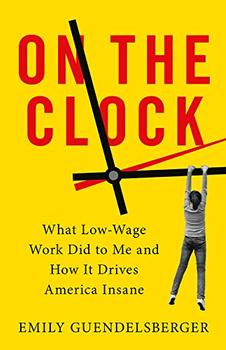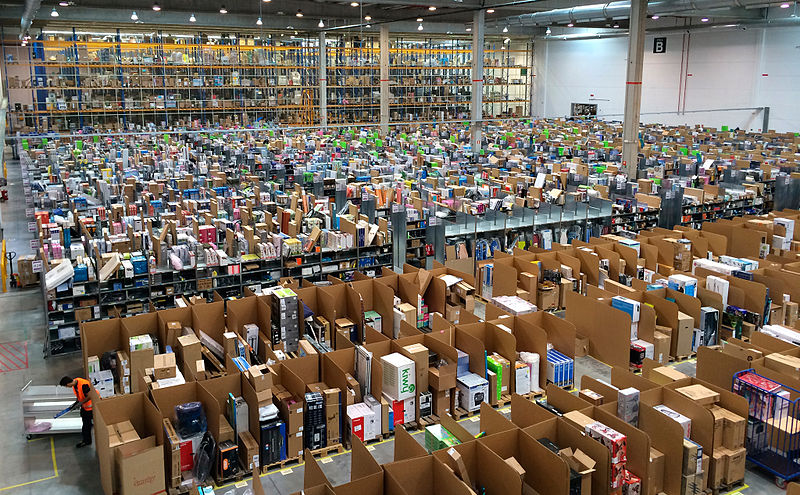Summary | Excerpt | Reviews | Beyond the Book | Read-Alikes | Genres & Themes | Author Bio

Critics' Opinion:
Readers' Opinion:
First Published:
Jul 2019, 352 pages
Paperback:
Jul 2020, 352 pages
 Book Reviewed by:
Book Reviewed by:
Tara Mcnabb
Buy This Book
This article relates to On the Clock
 It's no secret that rapid innovations in technology have drastically changed the way we work. But are these changes always for the better? Here are 10 shocking facts about the rise of automation in the workplace, taken directly from the pages of Emily Guendelsberger's On The Clock.
It's no secret that rapid innovations in technology have drastically changed the way we work. But are these changes always for the better? Here are 10 shocking facts about the rise of automation in the workplace, taken directly from the pages of Emily Guendelsberger's On The Clock.
Based on these alone, it's clear that the image of, say, a cheerful fast food worker leisurely flipping burgers, is grossly inaccurate. Not only that, it's damaging to the workers themselves who are still unfairly dismissed as having the "easy jobs" because the work is inherently less skilled. While it's true that low-wage work typically does not require a college degree or a specialized area of expertise, assuming that it's a walk in the park is an injustice to the millions of people who struggle to keep up with the insatiable demands of technology in order to put food on the table.
These troubling statistics also make clear that the unstoppable march of technology is becoming all too real for many working-class communities. Automation threatens working peoples' jobs, and invasive monitoring equipment creates high-pressure work environments where no one feels safe to ever relax. If the work practices discussed in On The Clock continue to spread unchecked, mass unemployment and hyper-stressful workplaces might soon become commonplace.
Photo of Amazon factory courtesy of Álvaro Ibáñez from Madrid, Spain
Filed under Medicine, Science and Tech
![]() This "beyond the book article" relates to On the Clock. It originally ran in September 2019 and has been updated for the
July 2020 paperback edition.
Go to magazine.
This "beyond the book article" relates to On the Clock. It originally ran in September 2019 and has been updated for the
July 2020 paperback edition.
Go to magazine.





The House on Biscayne Bay
by Chanel Cleeton
As death stalks a gothic mansion in Miami, the lives of two women intertwine as the past and present collide.

The Flower Sisters
by Michelle Collins Anderson
From the new Fannie Flagg of the Ozarks, a richly-woven story of family, forgiveness, and reinvention.

The Funeral Cryer by Wenyan Lu
Debut novelist Wenyan Lu brings us this witty yet profound story about one woman's midlife reawakening in contemporary rural China.
Your guide toexceptional books
BookBrowse seeks out and recommends the best in contemporary fiction and nonfiction—books that not only engage and entertain but also deepen our understanding of ourselves and the world around us.